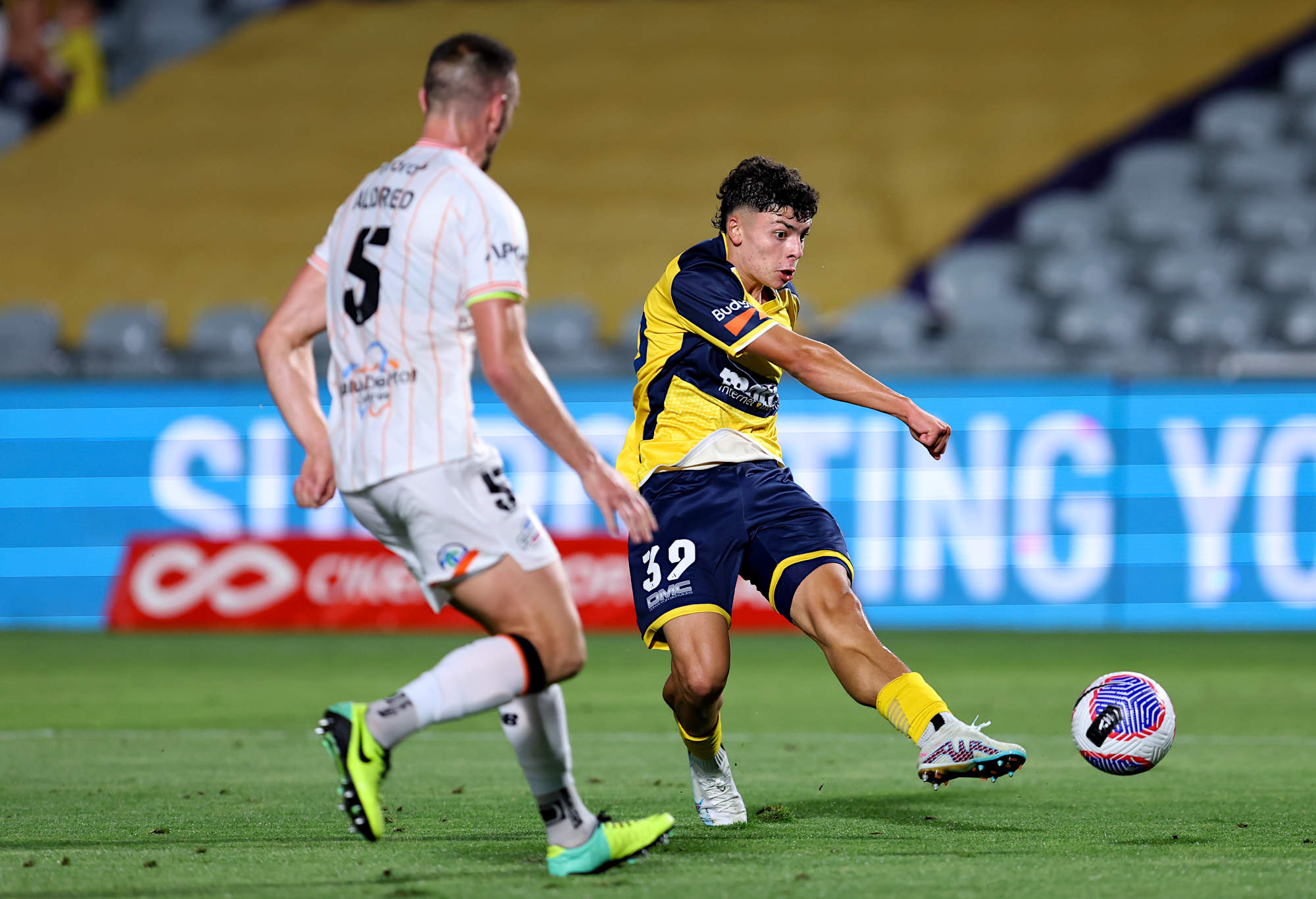Expert

Opinion
Imagine somebody slashed your allowance by 75 per cent.
What if mum and dad decided that the $20 a week they had once sent you off into the nasty world with was simply no longer sustainable and that $5.30 was all they could part with on a week-to-work basis moving forward?
Certainly, a review of your everyday expenses would be called for – urgently!
That is effectively the reality in which the A-League clubs are currently living.
The financial mismanages known as the APL dishing out a paltry $530,000 to the clubs this season – and not the $2 million they probably expected to receive – especially considering the fact that the competitions experience a decent boost in viewership and memberships taken up in 2023/24.
Instead, the $140 million injected into the leagues by equity firm Silver Lake in 2021 has been frittered away and the previous payments to clubs now reek of unsustainability.
Throw in the appalling waste that was the KeepUp website and it is clear that the aggressive approach taken by the APL under the watch of previous chair Danny Townsend was short-sighted, irresponsible and frankly, stupid.
Now the league has taken a step backwards, with less money to spend unless the club owners are prepared to dip into their personal coffers to keep the status quo.
With their money lost on a year-to-year basis, that is probably a little tough to imagine and the more likely scenario of being forced to cut costs is a reality.
But what exactly does that look like for an A-League team in 2024/25?

(Photo by Steve Christo – Corbis/Corbis via Getty Images)
From a recruitment point of view, the chances of drawing a big-name marquee will have been lost to the majority of the clubs with an inability to actually fill the visa spots provided more likely.
Currently, all bar three teams have two visa spots to fill, with an October 18 kick-off now just three months away and plenty of behind-the-scenes negotiations taking place in attempts to draw top-quality foreign talent to Australia.
Just a handful of foreign players have been signed to debut in the A-League this coming season.
Lebanese international Walid Shour arrives in Brisbane, Bart Vriends is added to the Adelaide squad and Anas Hamzaoui looks a potential star with Perth Glory.
Thankfully, plenty of overseas talent has stuck around on new or continuing contracts, with the late off-season rush of spending and signing now in serious doubt.
The traditional flurry of August and September acquisitions is almost certain to be less dynamic than in seasons past, with close to $1.5 million missing from the budget and the majority of owners unwilling to stump up that extra sum.
Potentially, as we saw during COVID, opportunities for academy players and rookies will be at a high, something that sparked the A-League to life when the club’s hands were forced by the absence of many internationals after the pandemic hit back in 2020.
What of the back-room staff? Every single role and employee will no doubt be scrutinised to discover where a buck or two can be saved.
Physiotherapists, high-performance staff and data analysts could be let go, with clubs forced to maximise the output of those who remain.

Central Coast’s Miguel Di Pizio scores his first A-League goal. (Photo by Brendon Thorne/Getty Images)
People will be asked to work harder without a drop in performance and efficiency, something we all know too well from our own work experiences.
The simple result is fatigue, increased pressure and a better bottom line for the boss. Always.
It is hard to see clubs remaining as committed to the match-day experience as they have been in the past.
Frankly, it has not been the strong point of the A-League since, well……ever, and clubs will be forced to become even more lateral in their thinking in terms of spending money and running promotions in order to engage fans with a smaller budget.
Will less players be taken to away matches, especially those involving long-distance travel? Will coaching and backroom employees flying for away matches be reduced to skeleton staff?
How significant will the impact on the women’s teams be, with the financial commitment less significant in terms of player wages, it could be an area where an instant saving could be made and that would be disastrous for the Liberty A-League.
No doubt the purse strings will be pulled pretty darn tight, at least until what some hope will be a boost from a new broadcast deal due in time for the 2026/27 season.
Such hopes have me very concerned. We’ve heard it all before and the precarious position in which Network 10 finds itself is concerning as the free-to-air landscape changes constantly.
In a nutshell, the A-Leagues look set to take a few steps back before moving forward, something with which all of us passionate about the Australian game are all too familiar.